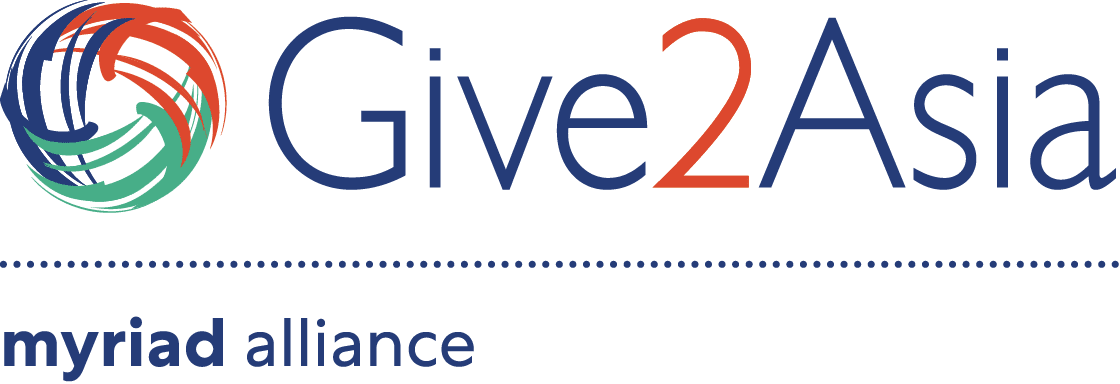Examining 15 Years of Disaster Giving to the Asia-Pacific
This 2020 report from Give2Asia offers a comprehensive analysis of disaster philanthropy trends in the Asia-Pacific region over a 15-year period (2005–2019). Drawing on data from 589 grants totaling more than $55 million, the study examines how individuals, corporations, and foundations have responded to major disaster events and what patterns have emerged in funding priorities.
The report traces the evolution of disaster philanthropy since the 2004 Indian Ocean tsunami, which spurred record-breaking charitable giving but also revealed systemic inefficiencies in coordination and response. Since then, private philanthropy has played a growing role in filling gaps left by governments and multilaterals, with Give2Asia channeling $55 million into disaster relief, recovery, and resilience programming across 23 countries.
Key findings highlight important shifts: mid- and long-term recovery received more funding than immediate relief, signaling a more  thoughtful approach to disaster giving; disaster risk reduction and preparedness funding has steadily increased; and 79% of disaster-related funding was directed to local organizations. The data also shows that infrastructure and health sectors were consistently the top recipients of support, reflecting the need to rebuild schools, clinics, and essential services in the wake of disasters.
thoughtful approach to disaster giving; disaster risk reduction and preparedness funding has steadily increased; and 79% of disaster-related funding was directed to local organizations. The data also shows that infrastructure and health sectors were consistently the top recipients of support, reflecting the need to rebuild schools, clinics, and essential services in the wake of disasters.
The report disaggregates trends by donor type, examining corporate giving, high-net-worth individuals and family foundations, and crowdfunding. It also spotlights major disasters such as the 2008 Sichuan Earthquake and the 2011 Tohoku Earthquake and Tsunami, illustrating how donor motivations and funding priorities shifted in response to high-profile crises.
A final section underscores the importance of preparedness, highlighting Give2Asia’s DisasterLink program, which has mobilized $3.5 million for disaster readiness across eight countries. Despite these gains, the report stresses that preparedness still accounts for only a small fraction of overall funding, underscoring the need for more forward-looking, community-centered philanthropy.



